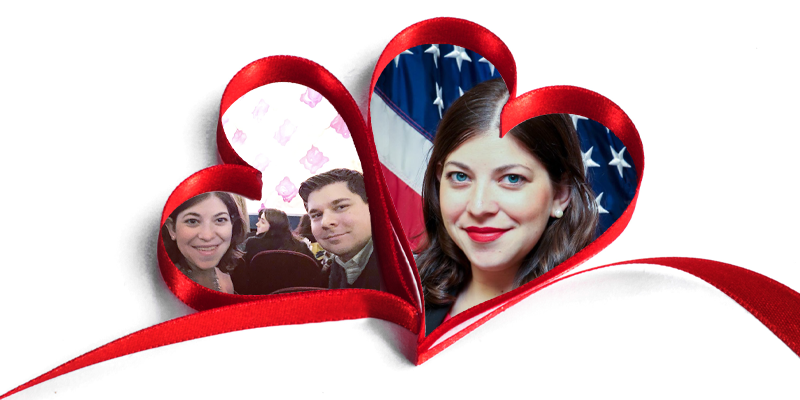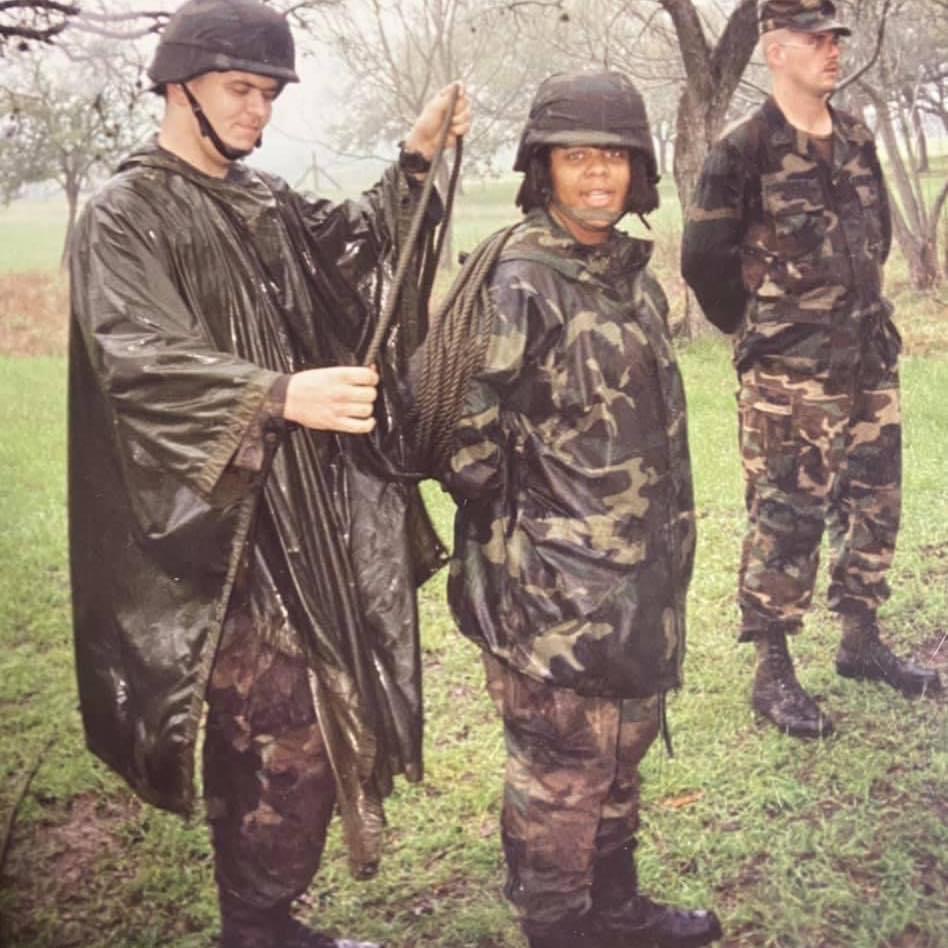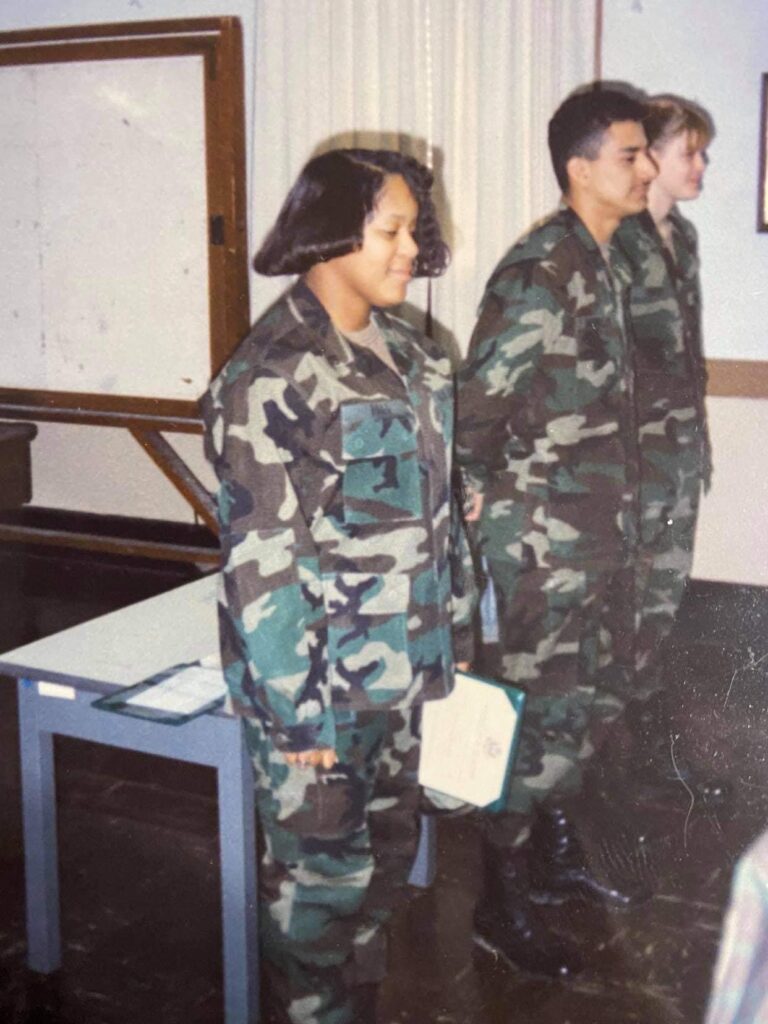Lauren Aggen is an Equal Employment Manager with the Defense Finance Accounting Service. As an advocate and a person with a disability, she is grateful for the Americans with Disabilities Act (ADA) and Rehabilitation Act of 1973. Lauren has worked hard to broaden others’ understanding about topics such as Schedule A (a special hiring authority for individuals with an intellectual disability, a severe physical disability, or a psychiatric disability), work-life balance for employees with disabilities, reasonable accommodations, the Workforce Recruitment Program (WRP), and the benefits of employee resource groups. While she knows there is more work to be done in providing opportunities for people who are differently abled, she leads a pursuit for equity with compassion, understanding, and the heart of a boy from Austin, Texas.
One of the greatest gifts Lauren ever received was her donated heart. Eight days after she was born, she underwent a life-saving surgery where doctors transplanted the new heart. This was a dramatic rescue story complete with a series of miraculous events and a selfless doctor who braved a snowstorm to deliver the donated heart before it became unusable. “Baby Lauren” went from having three days left to live to making a full recovery. The heart transplant operation was made possible through the sacrifice of a nameless donor family who lost their infant son to sudden infant death syndrome. Lauren feels the weight and responsibility of knowing her life was saved at the expense of another family’s tragic loss. She and her family are eternally grateful for this priceless gift of life. While Lauren was only a baby and does not remember the events as they unfolded, this experience shaped every facet of her life and how she chooses to pay it forward at home, at work, and in the community.
Lauren attributes her strength of character to a loving family: two parents who handled multiple medical conditions and her life-threatening circumstances with unbelievable faith and a fun yet protective older brother who took her under his wing as they grew up. She also speaks of an incredible “village” of people in the community that has been a source of support throughout the years. Despite growing up with the limitation of hearing loss and with many restrictions such as not socializing with other children who had chickenpox, taking multiple medications every day, and enduring various kinds of medical tests and procedures, Lauren is a confident, “glass half-full” kind of woman. She chooses to find the bright sight of every situation. She is full of energy and humor, enjoying visiting farmers’ markets and dressing up to attend theatrical performances. As a teenager, she became deathly ill and began writing her personal story. When Make A Wish Foundation decided to grant her a wish, instead of asking to visit Disneyworld or meet a famous person, Lauren requested to publish her autobiography. She authored the book, Austin’s Gift: The Life of a Grateful Organ Recipient, prior to making another amazing recovery.
Lauren attended the National Technical Institute for the Deaf (NTID) and Rochester Institute of Technology (RIT). Ever an advocate, she was a Student Ambassador in the Admissions Office. She was also a speaker before eight different Congressional offices in Washington D.C., where she briefed the committee representatives about her successful experiences at (NTID/RIT) and her passion for organ donation. Later, Lauren was offered an internship at the Equal Employment Opportunity (EEO) Office. As a Workforce Recruitment Program (WRP) student in the EEO Office, Lauren developed an informational newsletter for the Headquarters Army Sustainment Command. The publication covered topics such as the Mother’s Nursing Program, the Pregnancy Discrimination Act, Sexual Harassment/Assault Response and Prevention, differences between Military and Civilian culture, and women’s equality. Since her time working in federal service began, Lauren has been honored with the Commander’s Award for Civilian Service, an Achievement Medal for Civilian Service, the Assistant Secretary of the Army coin, an Outstanding WRP Recruiter Award, Two Star General Notes, and the privilege of enjoying a luncheon with a four-star general.
Lauren continues to lead as she looks for ways to improve life for people with disabilities. Her “Bucket List” of equity improvements in the Government and the community include the following:
- Create a system where people with disabilities may apply and undertake detail opportunities to other offices and be directly promoted under Schedule A hiring authority so they can achieve their maximum potential
- Create a marketing campaign for the Department of Defense (and perhaps one day for all of the Government) to educate students at colleges and universities about federal civilian positions
- To see all individuals with disabilities given needed accommodation so they can thrive in the workforce
- To encourage continued improvements in technology to advance software for better office interactions between those with disabilities and their colleagues
- To raise awareness that new inventions are needed to accommodate new disabilities as they arise
- Outside of the Government: for all movie theaters to provide closed captioning on the screen
For anyone with a disability searching for federal employment opportunities, Lauren offers the following advice:
“No one can take away your education. Get an education. Seek a mentor, update your resume, network, don’t give up applying for positions, seek programs within the Government such as WRP, and SMILE!”
For more information on Schedule A hiring authority, visit: https://www.usajobs.gov/Help/working-in-government/unique-hiring-paths/individuals-with-disabilities/
Learn more about organ donation here: https://www.mayoclinic.org/healthy-lifestyle/consumer-health/in-depth/organ-donation/art-20047529
Find Lauren’s autobiography here: https://www.amazon.com/Austins-Gift-Grateful-Organ-Recipient/dp/0984144765





